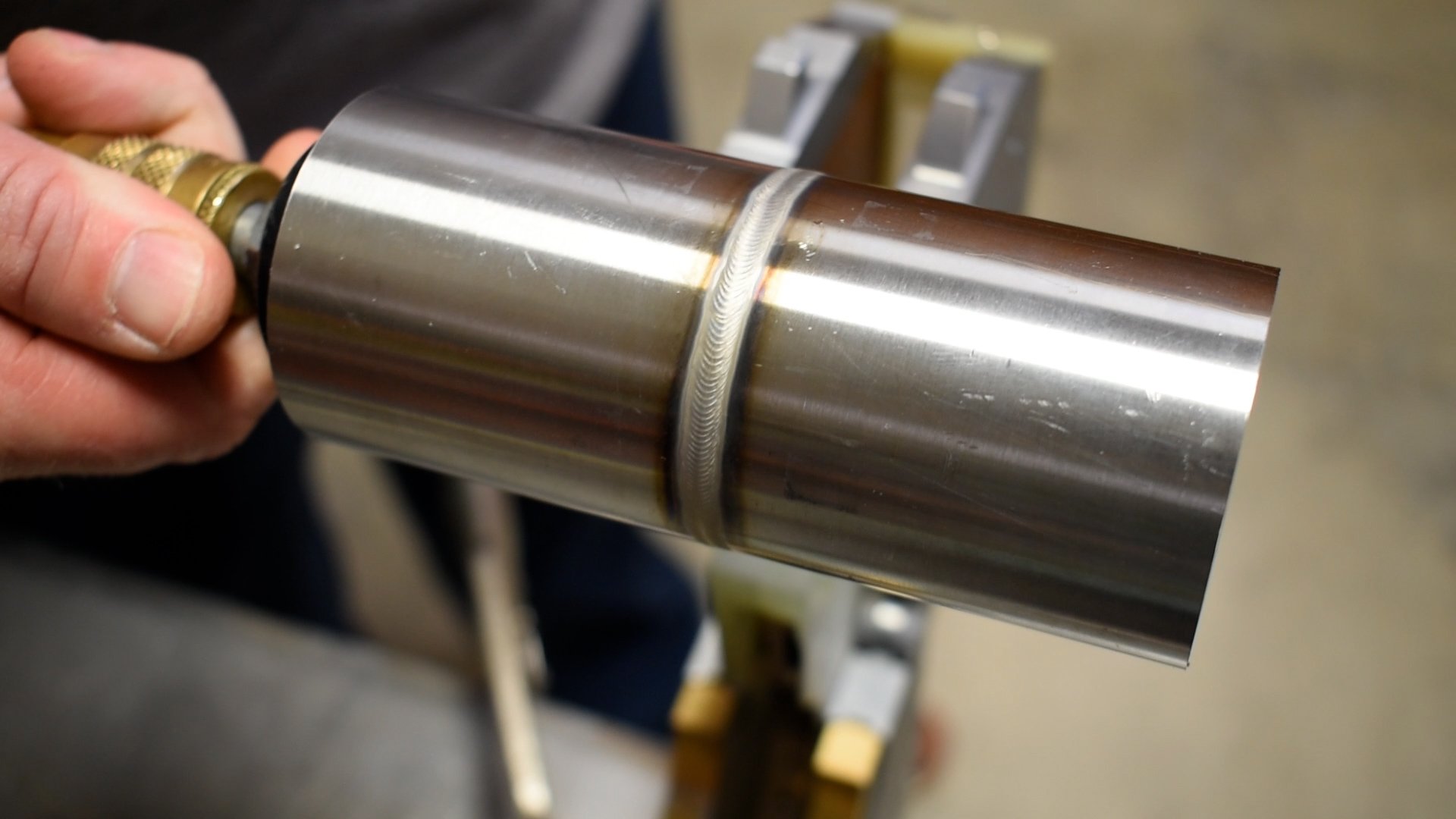Complete Guide to Preventing Weld Undercut: Tips and Techniques
Complete Guide to Preventing Weld Undercut: Tips and Techniques
Blog Article
Crucial Tips for Welders: Avoiding Undercut Welding and Ensuring Stronger Weld Joints
In the realm of welding, accomplishing strong and resilient weld joints is the keystone of generating top notch job. One typical challenge that welders frequently encounter is undercut welding, which can endanger the stability of the weld joint.

Comprehending Undercut Welding
Undercut welding is an usual welding issue that occurs when the weld metal fails to appropriately load the groove and causes a groove-like clinical depression along the weld bead. This defect compromises the weld joint, making it prone to fracturing and failing under stress and anxiety. Undercutting can be triggered by different elements, including extreme welding present, high welding speed, improper electrode angle, inaccurate electrode dimension, and poor welding strategy.
One of the primary factors for undercut welding is a discrepancy between the welding existing and the welding speed. If the welding current is expensive or the welding speed is too fast, the weld metal might not sufficiently fill the groove, resulting in undercutting. Additionally, making use of an electrode that is also big can result in a similar outcome, as the excess steel can not effectively move into the groove.
To stop undercut welding, welders should guarantee they are utilizing the appropriate welding parameters, keep an appropriate electrode angle, choose the ideal electrode dimension, and practice correct welding strategies. By attending to these factors, welders can decrease the danger of undercutting and develop stronger, extra trustworthy weld joints.
Appropriate Welding Strategy
Effective welding method plays a critical role in making sure the top quality and integrity of weld joints. One essential aspect of correct welding strategy is preserving the correct angle and range between the welding gun and the workpiece.
Furthermore, a regular and steady hand activity is vital for producing solid and long lasting weld joints. Welders need to intend for smooth, uniform motions to make sure also circulation of the weld product. Appropriate adjustment of the welding weapon and filler product is additionally vital to attaining optimum infiltration and combination.
Moreover, regulating the heat input and picking the appropriate welding specifications based on the material being welded are crucial consider achieving premium welds - Preventing weld undercut. Welders should follow the advised setups offered by welding procedure specifications and readjust them as required based upon the certain demands of the project. By understanding correct welding methods, welders can dramatically improve the stamina and reliability of their weld joints
Picking the Right Electrode
Preserving the appropriate angle and distance in between the welding weapon and the workpiece is basic when thinking about the importance of picking the appropriate electrode in welding applications. The choice of electrode plays a crucial function in determining the quality and stamina of the weld joint. Electrodes come in different kinds, each developed for details purposes and products.
First of all, picking the suitable electrode size is important. Thinner electrodes are ideal for welding thin materials, while thicker electrodes are better for thicker products and higher see this site warmth applications. Matching the electrode diameter to the density of the work surface helps accomplish a well balanced weld.
Second of all, understanding the material structure of the electrode is crucial. Different electrodes are developed for welding certain products like steel, stainless-steel, light weight aluminum, or cast iron. Using the appropriate electrode material makes sure great blend and decreases the threat of defects in the weld.
Lastly, thinking about the welding setting and method is vital when picking the electrode kind. Particular electrodes are much better fit for overhead or upright welding placements, while others function well for flat or horizontal positions. Selecting the right electrode based upon the welding strategy improves the general weld quality and integrity.
Preparing the Base Steel
To guarantee an effective welding process, what first actions should be taken when preparing the base metal this hyperlink for welding? Furthermore, any type of existing weld material or deposit from previous welding ought to hop over to here be gotten rid of to guarantee a tidy surface for the new weld.

Conducting Post-Weld Examinations

After performing these assessments, welders should contrast the outcomes versus industry requirements and task demands to guarantee that the weld joint fulfills all required criteria. Any type of insufficiencies or inconsistencies uncovered throughout the post-weld assessment must be without delay resolved with appropriate corrective measures to guarantee the weld's honesty. By diligently performing post-weld inspections and promptly addressing any concerns, welders can promote the top quality and integrity of their work, ultimately contributing to the safety and long life of the bonded structures.
Conclusion

In conclusion, protecting against undercut welding and making certain more powerful weld joints require a combination of correct welding method, choosing the appropriate electrode, preparing the base steel properly, and conducting post-weld examinations. By comprehending the reasons for undercut welding and implementing the essential safety measures, welders can produce high-grade weld joints that satisfy industry criteria and guarantee the architectural stability of the bonded elements.
Undercut welding is a common welding flaw that occurs when the weld steel fails to effectively fill the groove and results in a groove-like clinical depression along the weld bead (Preventing weld undercut). Damaging can be triggered by numerous elements, consisting of excessive welding existing, high welding speed, inappropriate electrode angle, incorrect electrode dimension, and poor welding method
One of the main reasons for undercut welding is an inequality between the welding existing and the welding speed. If the welding current is also high or the welding rate is as well quickly, the weld metal may not properly fill up the groove, leading to damaging.Maintaining the right angle and distance between the welding weapon and the work surface is fundamental when thinking about the relevance of choosing the ideal electrode in welding applications.
Report this page